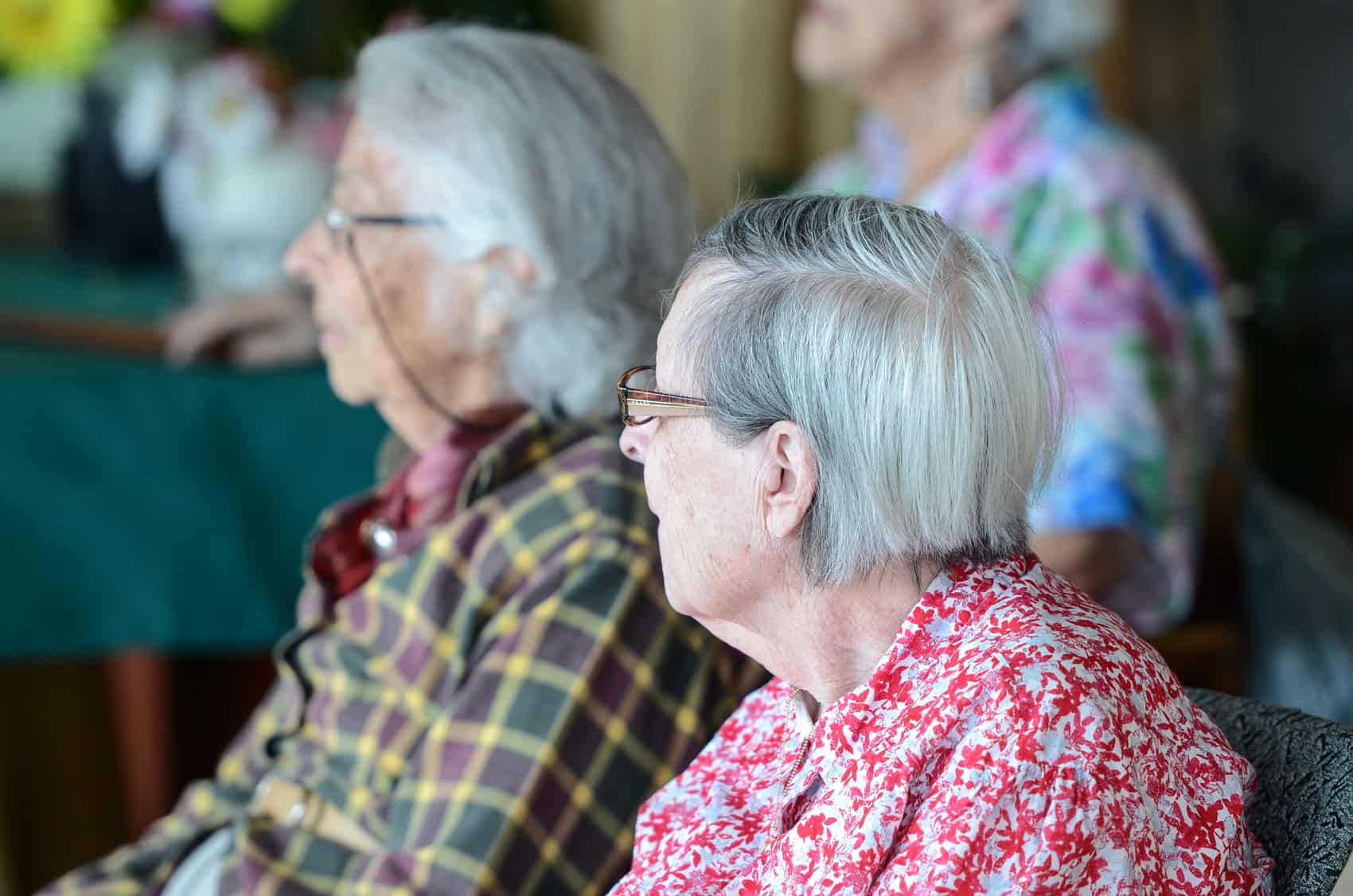A new study by the School of Medicine and the Development Observatory Research Center (CIOdD), both of the University of Costa Rica (UCR), revealed that more than 215,000 elderly people in the country do not receive any type of pension. According to the document, of the 546,225 inhabitants over 65 years of age, only 44% are covered by a basic contributory pension system, while 17% depend on the pension of the Non-Contributory System (RNC), which offers only 82,000 colones (approximately $150) per month.
This leaves 215,528 elderly people without any formal economic protection, which could adversely affect their quality of life and well-being. For Dr. Fernando Morales, dean of the Faculty of Medicine of the UCR, this situation could cause the degree of poverty and extreme poverty -which currently stands at around 28%- to skyrocket.
“At present, there are 92 000 people in the non-contributory regime with an amount of 82 000 colones and this cannot buy much. It requires a social commitment on the part of the authorities on duty,” Dr. Morales said. The lack of access to a contributory or non-contributory pension has profound social and economic implications.
Elderly people without a pension often depend on family members, support networks or social assistance programs to survive. However, assistance is not always sufficient, and many are forced to continue working in precarious conditions or to live in extreme poverty.
If the situation continues as it is, the research team estimates that the long-term repercussions would be discouraging. The problem of not having a decent pension is not only limited to the quality of life of the elderly, but also affects society as a whole.
The lack of an economic safety net for this group increases the burden on health systems and social services, which increases the pressure on a state that already faces significant challenges in terms of fiscal sustainability and resources.
“The aging of the population is directly associated with a higher prevalence of diseases and, therefore, with a greater demand for health services. In many cases, this demand lasts for long periods of time, from the onset of the disease, through disability and up to death,” added Emiliana Rivera, researcher at the Observatory.
The challenging scenario outlined above could be exacerbated in the coming years, due to the rapid aging of the Costa Rican population, followed by the high life expectancy, low birth rate and, finally, the few people under the age of 60 who are currently contributing.






